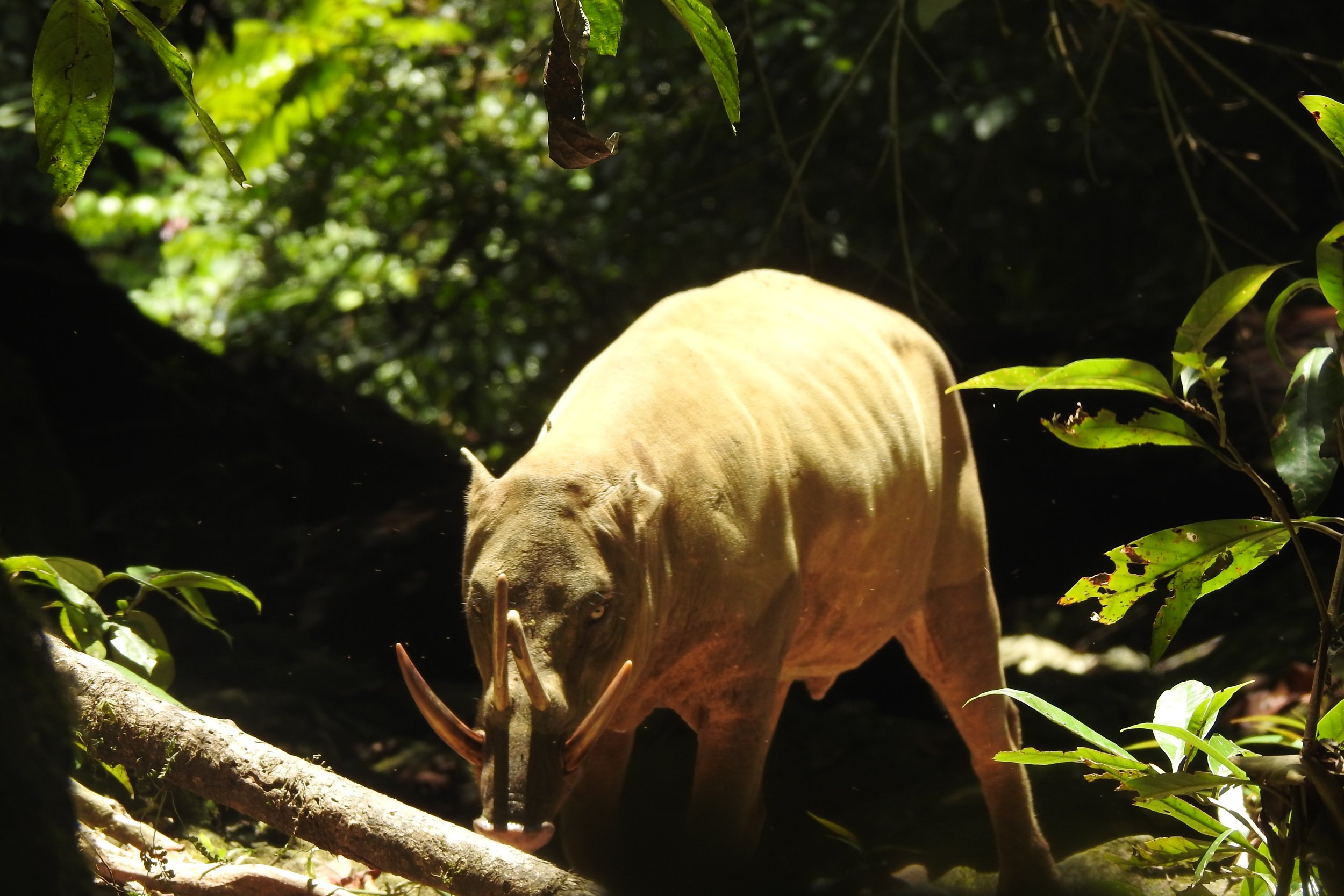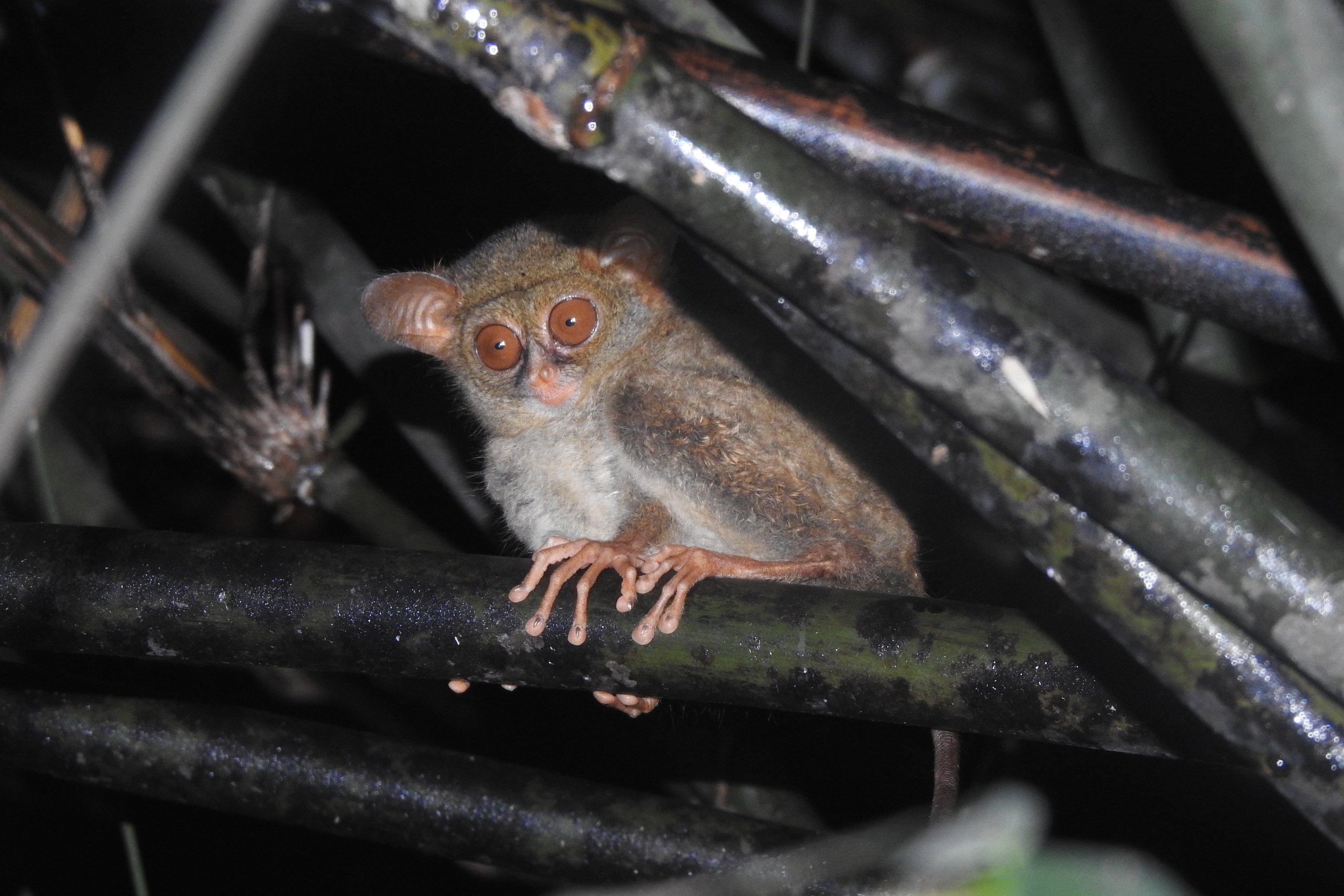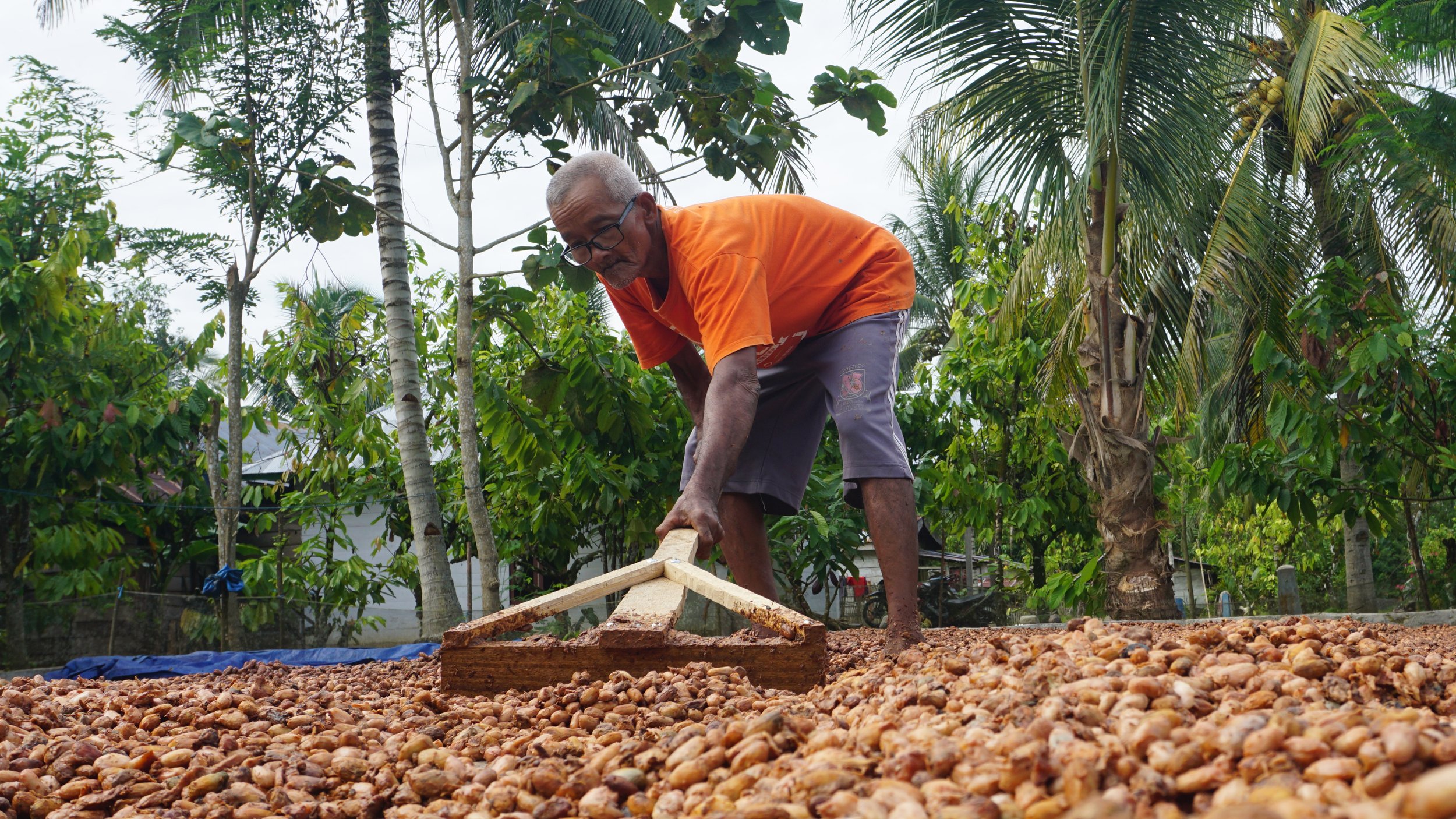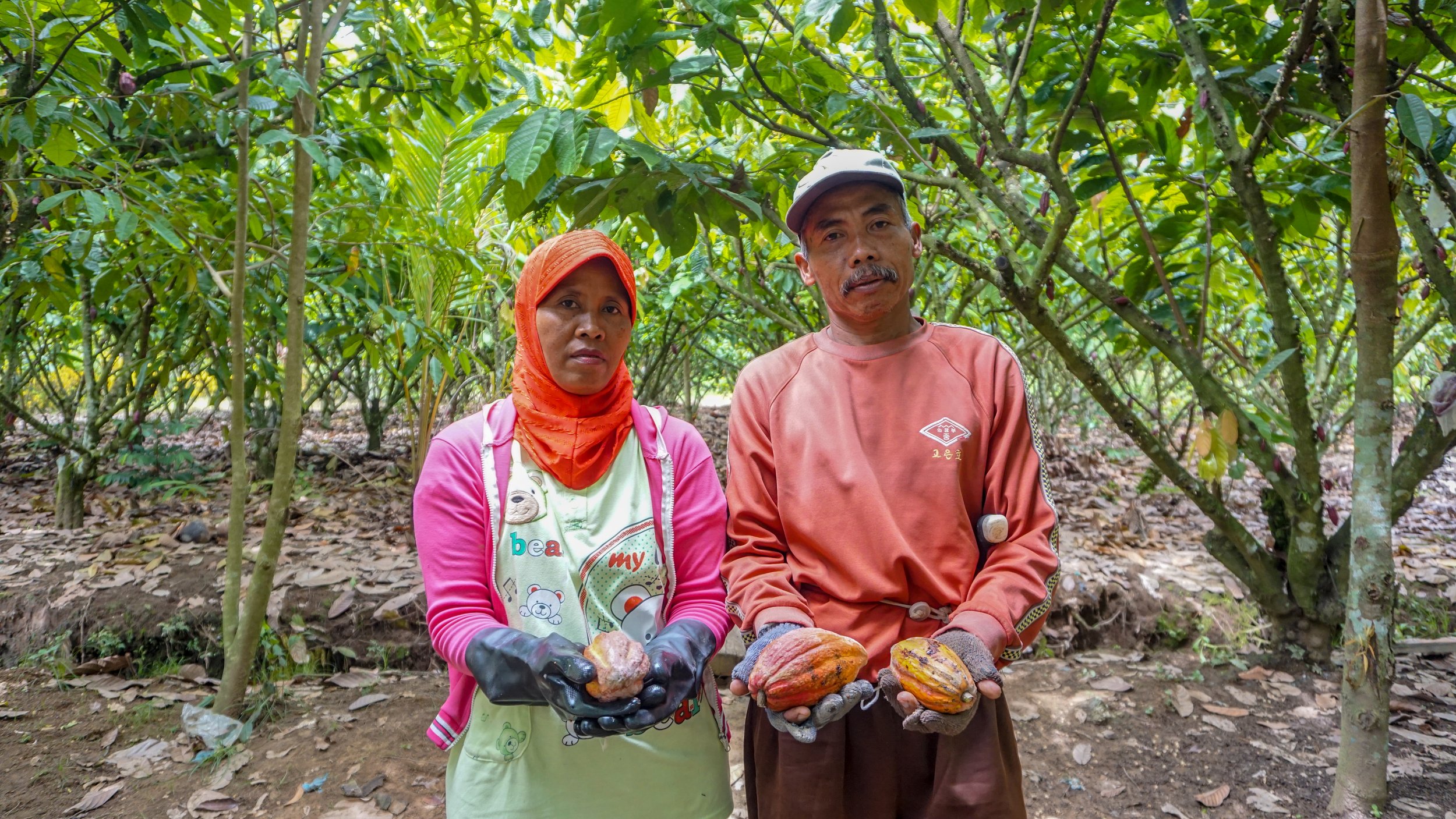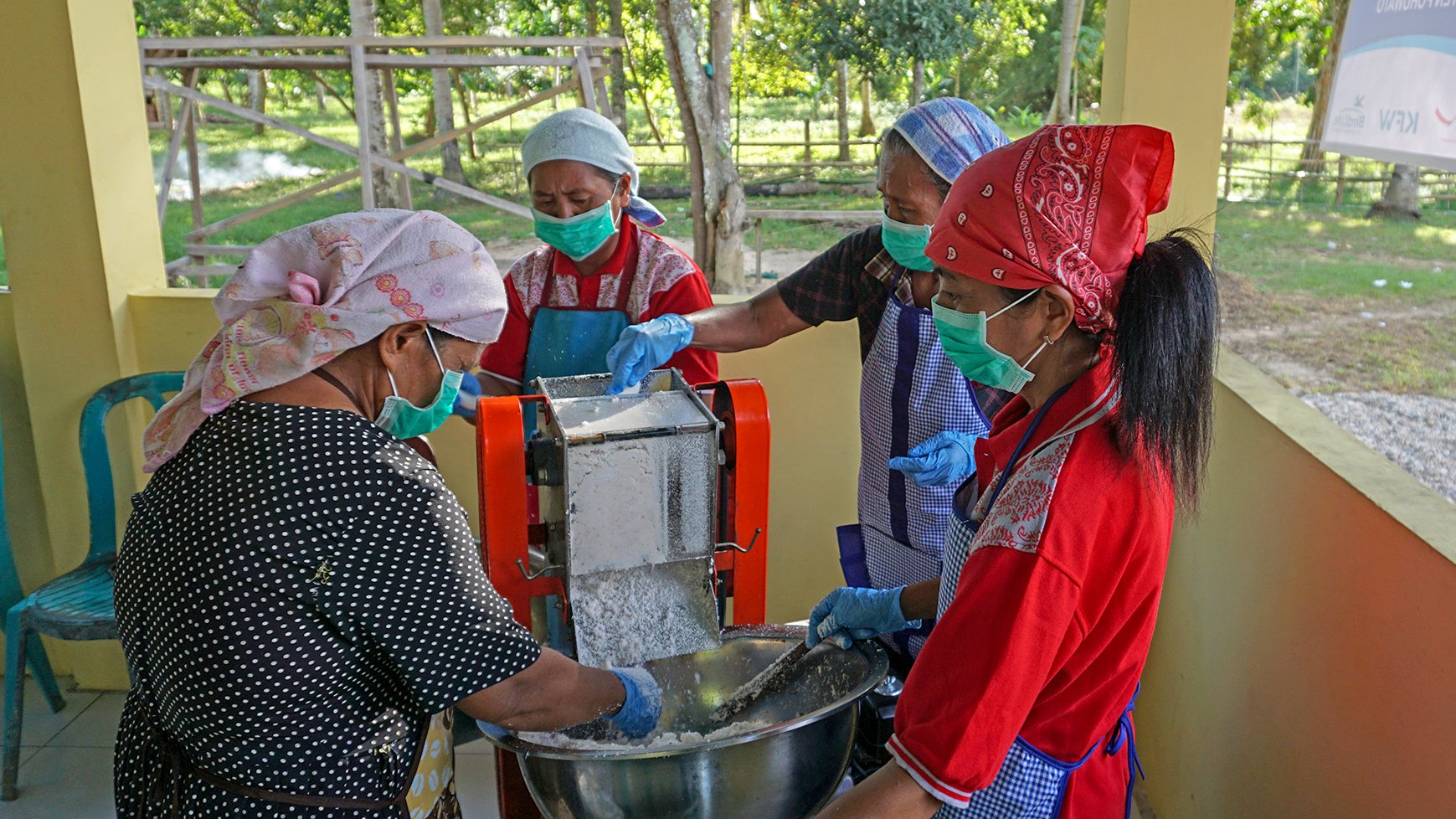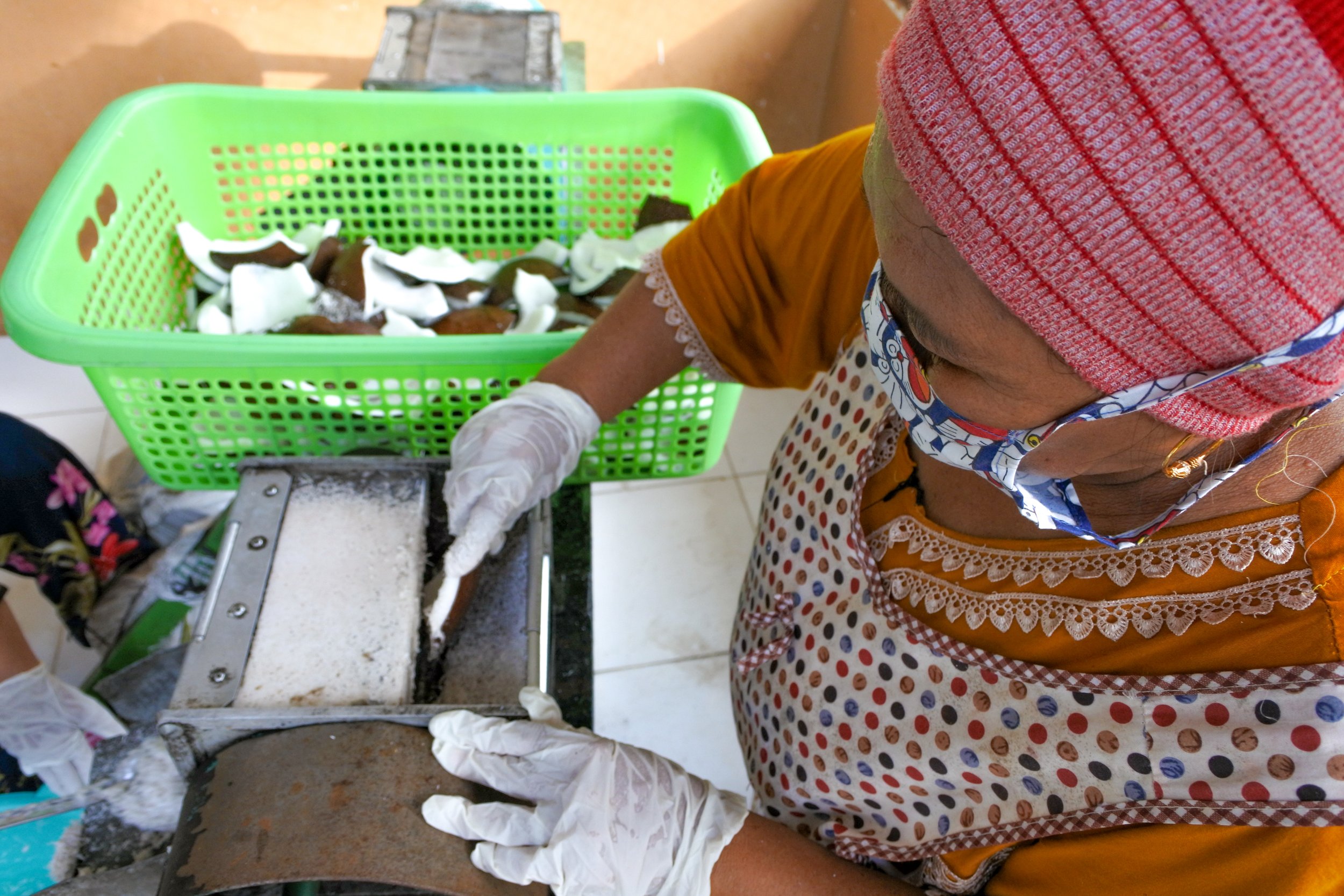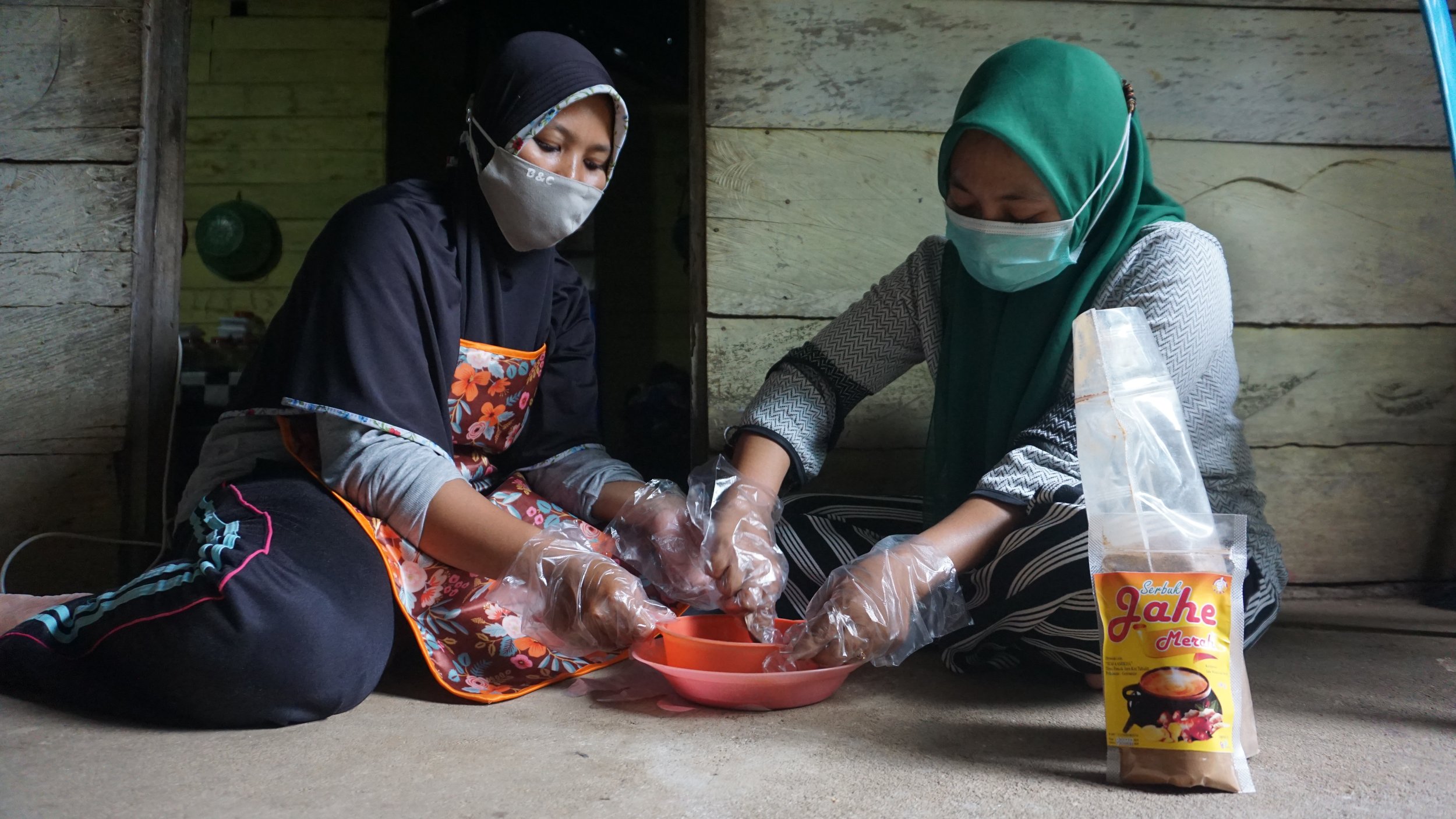
TALUDITI forest
WORKING WITH FARMERS TO PROTECT A UNIQUE ECOSYSTEM
The island of Sulawesi’s tropical climate and complex geology have made it a global biodiversity hotspot, with over 2,000 plants that grow only there. Taluditi Forest, on the northern part of the island, is part of the Popayato Paguat Natural Forest Landscape, home to many species endemic to Sulawesi. The landscape is also an important provider of ecosystem services, serving as the catchment area for six watersheds that supply water for approximately 57,000 people and 32,000 hectares of farms.
As coconut and cocoa exports from Sulawesi increase, farmland is expanding into the forest and threatening the existence of this critical habitat. FCF Grantee Burung Indonesia is working with local farmers on the buffer of Taluditi Forest to help them convert to organic agroforestry practices, and to set up a community eco-guard program to ensure no new farms are established in the forest.
Grantee Team
Burung Indonesia, a member of the international NGO Birdlife International, has been working in the landscape since 2014. They collaborate with other landscape actors to strengthen forest planning and monitoring, improve capacity in sustainable agriculture, support entrepreneurship and business incubation across villages, and raise awareness on conservation. Burung holds a technical cooperation agreement with the Forestry Department for the protection and management of Taluditi Forest, and develops and manages Village Resource Management Agreements with local communities to support them on forest protection and sustainable farming.
All photos credit Burung Indonesia, Agung Dewantara
BIODIVERSITY
Many of the charismatic big mammals of Sulawesi live in Taluditi Forest, including forest cattle such as the lowland anoa Bubalus depressicorni and the mountain anoa Bubalus quarlesi, as well the North Sulawesi deer pig, or babirusa (Babyrousa celebensis). Bird enthusiasts can find the fascinating Maleo bird (Macrocephalon maleo), which does not build nests but instead buries its eggs in meter-deep pits, as well as the Yellow-Crested Cockatoo (Cacatua sulphurea), Knobbed Hornbill (Rhyticeros cassidix), and the Sulawesi Hornbill, Rhabdotorrhinus exarhatus. Unfortunately, the unique birds of Taluditi Forest are under serious threat from hunting for eggs and beaks, as well as habitat loss.
For herpetofauna lovers, there are several Sulawesi endemics including the Celebes frog Hylarana celebensis, Celebes Toad Ingerophrynus celebensis, Sulawesi Black Rat Snake Ptyas dipsas, and Boettger's Keelback Rhabdophis callitus. Taluditi Forest also has 346 species of forest plants belonging to 72 families, with several endemic species recorded including: Astronea gracilis, Dillenia serrata, Horsfieldia lancifolia, and Pigaffeta filaris.
Threats
Gorontalo is the fifth-poorest of Indonesia’s 34 provinces, and farmers commonly exploit forest resources as a survival strategy, through expanding farms as well as direct utilization of timber and wildlife. Local communities have opened agricultural land within the forest area, and also conduct illegal logging and unsustainable harvesting of forest products such as honey, agarwood, and wildlife. Some community members also take part in illegal gold mining, which is blamed for polluting local water supplies.
Project Activities
Burung is seeking funding through FCF to implement the following activities:
Support conservation entrepreneurship for farmed and non-timber forest products. Local farmers have agreed to help protect the forest, but need support to convert to organic farming practices, build fermentation centers to improve the quality of their cocoa beans, and market their sustainable products. FCF funds will also be used to train the local eco-tourism organization on hospitality and financial management.
Implement participatory and collaborative forest management. Funds are needed to buy equipment for community rangers, set up camera traps to monitor wildlife, and install signboards at potential entry points to the forest. A nursery of native seedlings will also be established to restore degraded areas and integrate local shade tree species on farms.
Include community forestry in landscape-level land use planning. FCF funds will be used to support local communities to secure land tenure over their farms and forests, through a ‘production-protection’ model that prevents further expansion into forest areas.
QUICK STATS
Area: 3,466 ha
Threatened wildlife: Maleo (Macrocephalon maleo) (CR), Yellow-crested Cockatoo (Cacatua sulphurea) (CR), Mountain Anoa (Bubalus quarlesi) (EN), Lowland Anoa (Bubalus depressicornis) (EN), Knobbed Hornbill (Rhyticeros cassidix) (VU), Sulawesi Hornbill (Rhabdotorrhinus exarhatus) (VU).
Grantee: Burung (NGO)
Remaining budget to fund: US $139,000
Funders: Currently seeking funding
Commodities in this landscape: Cocoa, coconut, palm oil, maize/corn

